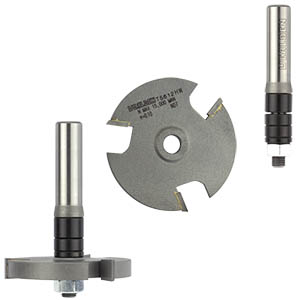HarryB2019
Member
Hi everyone,
After a long break from woodwork I am looking to get back into it with a few projects in my new house. The first project is a kitchen island made from birch plywood, which I am really excited about!
I am looking to buy a router. The thing I am unsure about is how powerful I need it to be - the most taxing thing it's going to need to have to do is produce 12mm wide grooves about 12mm deep down the length of the 24mm birch ply. Similarly some rebates to match.
What would you guys say is the minimum wattage to pull this off with just a few passes? Plan is to invest in decent cutters etc. The main thing is I want is as compact a router as possible , i don't really like the idea of a big unwieldy thing as I will be using it freehand and would much prefer something with more precision than raw power.
I have seen this thing which looks pretty neat: DEWALT D26204K
But again not sure if 900w powerful enough.
Really interested to hear you're thoughts and recommendations!!!
After a long break from woodwork I am looking to get back into it with a few projects in my new house. The first project is a kitchen island made from birch plywood, which I am really excited about!
I am looking to buy a router. The thing I am unsure about is how powerful I need it to be - the most taxing thing it's going to need to have to do is produce 12mm wide grooves about 12mm deep down the length of the 24mm birch ply. Similarly some rebates to match.
What would you guys say is the minimum wattage to pull this off with just a few passes? Plan is to invest in decent cutters etc. The main thing is I want is as compact a router as possible , i don't really like the idea of a big unwieldy thing as I will be using it freehand and would much prefer something with more precision than raw power.
I have seen this thing which looks pretty neat: DEWALT D26204K
But again not sure if 900w powerful enough.
Really interested to hear you're thoughts and recommendations!!!






































